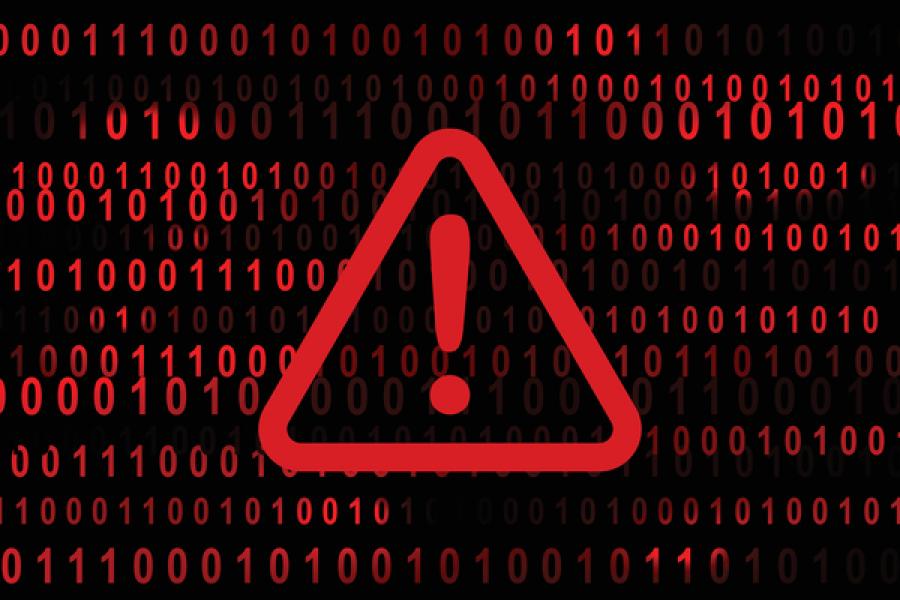Our Pioneers
Honorable Chief Advisor

Dr. Muhammad Yunus
Special Assistant to Chief Advisor

Faiz Ahmad Taiyeb
Secretary

Shish Haider Chowdhury, NDC
Executive Director, BCC






These actors are falsely claiming affiliation with BGD e-GOV CIRT, BCC alleging that CIRT is “monitoring,” “supervising,” or “supporting” MBJob’s fina....
Read More
In addition to ongoing malware activity, numerous systems remain highly vulnerable due to crucial weaknesses affecting 434,022 IP addresses, such as S....
Read More
Likely targets include Critical Information Infrastructures (CII) and high-impact sectors such as banking, power, and public services. Recent attack p....
Read More
Data Protection Act and Cross Border Data Transfer- The New Era of Digitalization. Bangladesh got the wakeup call after the heist at Bangladesh Bank i....
Read More
Cloud Native 2.0-Cybersecurity Standards are Key for Securing our Digital Future, Powering Industries and a smart world with 5G, Cloud & AI. Hotfix: A....
Read More
With ransomware attacks continuing to become more complex organizations need a genuine, actionable cybersecurity education program. The current re....
Read More
BitB- An Almost Imperceptible Phishing Attack Vector, WPA2 KRACK Vulnerability and Countermeasures, Scams with QR codes. We now have subcategories of ....
Read More
Data Brokers Pose a Security Risk to Democracy- Making Law for E-Commerce Business, A Philosophical Approach. However, it is not practically possible ....
Read More
Assessment of National Cyber Drill 2021 and Recommendation. Three cyber drills were organized in the year 2021. The drills showed improvements in the ....
Read More
Announcing with deep sorrow that our Risk Analyst of the BGD e-GOV CIRT project, Khondokar Aminul Islam passed away on 09 September 2025 while working....
Read More
বাংলাদেশ সরকারের জাতীয় কম্পিউটার ইনসিডেন্ট রেসপন্স টিম BGD e-GOV CIRT এর সার্বিক তত্ত্বাবধানে ২১ অক্টোবর ২০২৩ তারিখ (শনিবার) গুরুত্বপূর্ণ তথ্য পরিকাঠা....
Read More
CIRT alert the institutions about my incident what do's and don'ts and call them to inform without any delay if any attack generate. CIRT reviews and ....
Read More
We bring your kind attention to combat cyber threats during EID vacation focused with the below mentioned threat considerations: Top targeted Organiza....
Read More
James Gardiner, Economic Officer of the US Embassy in Bangladesh along with Shobhani Rasanayakam, an environment, science, technology, and health offi....
Read More
H.E. Mr. Yao Wen, Ambassador Extraordinary and Plenipotentiary of the People’s Republic of China to the People’s Republic of Bangladesh visited BGD e-....
Read More.png)
.png)
.png)
.png)
.png)